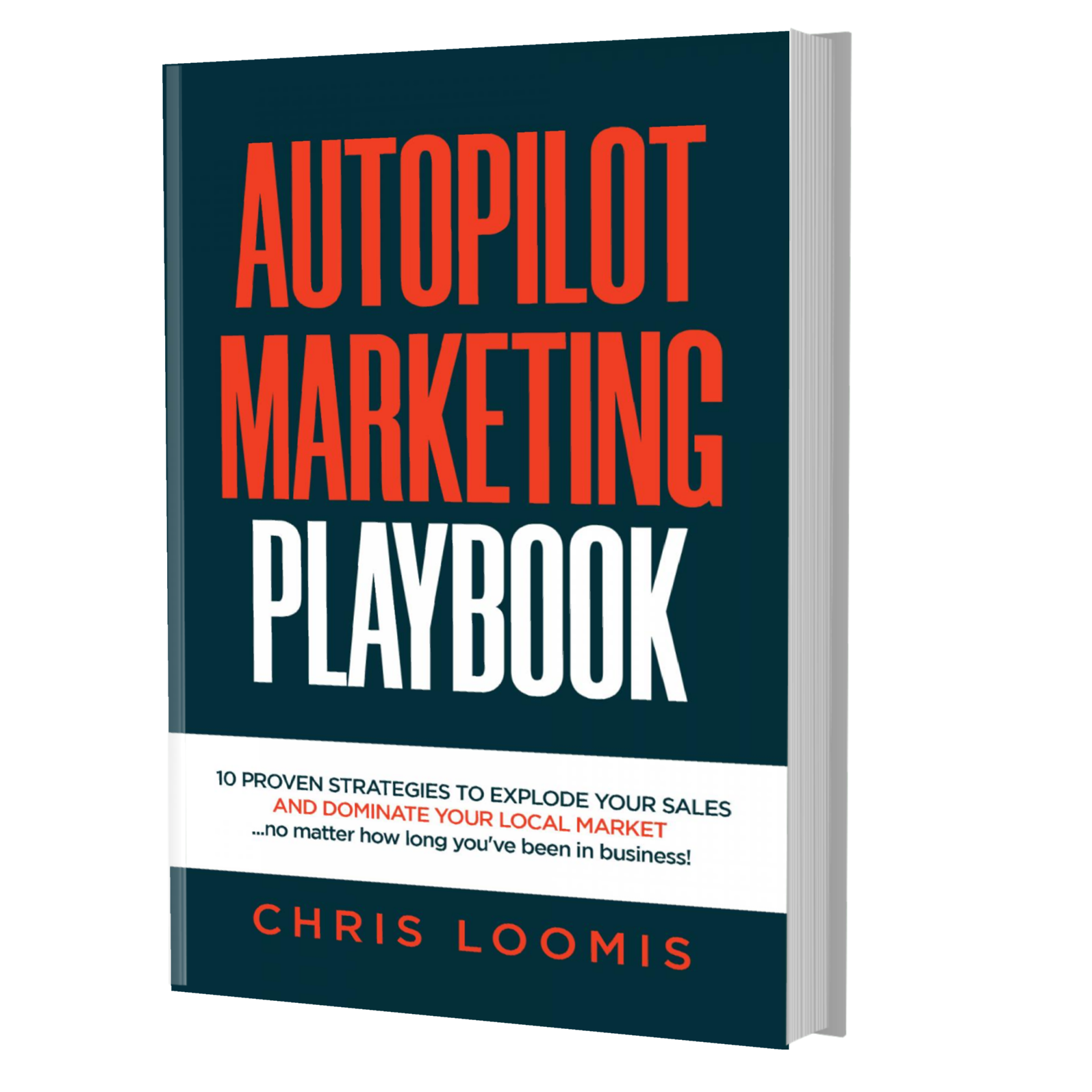What You Need to Know about Omnichannel Marketing
Share This
BY Chris Loomis
Technology has become an important part of our lives, and it continues to evolve over the years. The more it advances, the more it becomes integrated with our everyday lives. At the same time, it has strongly affected and influenced consumers’ buying behavior and how businesses market their products and services.
That is why businesses should be aware of the ever-changing market and be able to cope up with these changes. Otherwise, they will be left behind and not achieve their target goals later on. People also access everything they need through their mobile gadgets, and so marketers should also tap those to reach their audience.
They should focus on providing a holistic experience for their audience regardless of the channel they use. This is where omnichannel comes in to help with your business strategy.
What is omnichannel marketing?
Omni-channel marketing refers to the usage and utilization of multiple channels, devices, and platforms to promote a product or service. You basically market, serve, and sell your product or service to your target consumers no matter what channel or platform they use. It allows your brand to be versatile and be able to reach your audience anytime and anywhere.
By promoting your business, you don’t only have to use your desktop website. You can expand your audience reach by utilizing live chats, email marketing, Facebook Messenger, and other platforms or channels. Customers can choose between shopping in a clothing company’s brick-and-mortar, or access their online store through a desktop or a mobile device.
Omni-channel or Multi-channel: What’s the difference?
Omni-channels are often confused with multi-channels but are two different things. All Omni-channels are multi-channels, but not all multi-channel are Omni-channels. Multi-channels use different platforms and channels but are not necessarily connected or synchronized with each other.
Omni-channels, on the other hand, uses multiple channels that are connected for easier and flawless access. For example, you can connect your social media, email newsletters, and business websites to promote a specific campaign (ex. new product launch, an upcoming event, etc.).
How to create an omnichannel marketing strategy
As mentioned, an omnichannel marketing strategy uses consistent visuals and messaging across all platforms, devices, and channels. A good omnichannel strategy can also improve your customer service and sales departments. If you provide a positive experience with one platform or channel, they can expect to experience the same on the other platforms you have.
Start with your social media pages and website.
You don’t have to be everywhere immediately – you’ll get there eventually. Make sure to focus on both consistently to keep good engagement rates. But be careful not to copy-paste your content from one platform to another and try mixing it up instead.
Think about your customers.
When adding a new platform or channel as part of your omnichannel strategy, do it to address your customers’ needs and to reach them further. Not only to make your brand more visible or to get more sales.
Don’t forget your CTA.
And your CTA should be appropriate for every device and platform you use. Tip: Consider making your CTA’s mobile device optimized whether it’s a social media ad or an email link. Contact a digital marketing expert in Franklin TN to help you plan your Omni-marketing strategy.
10 PROVEN STRATEGIES TO EXPLODE YOUR SALES IN 6 MONTHS OR LESS!
FREE BOOK | Just Cover the Shipping!
Get it Before It's Gone!
Copyright ©2020 Autopilot Marketing


